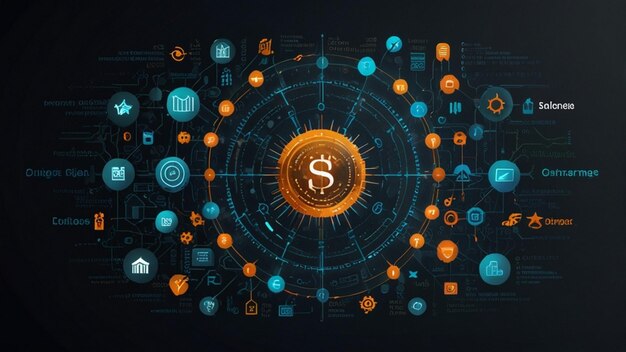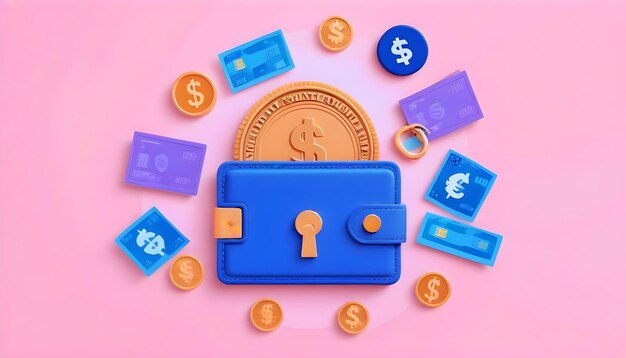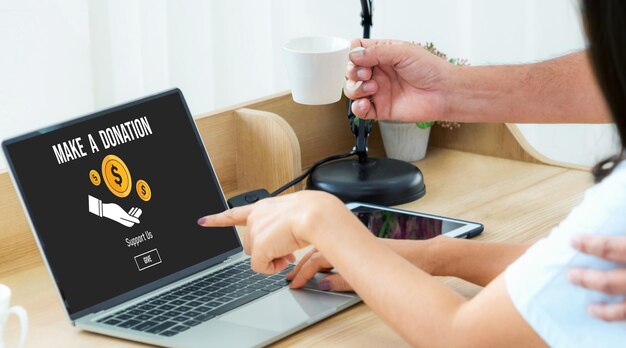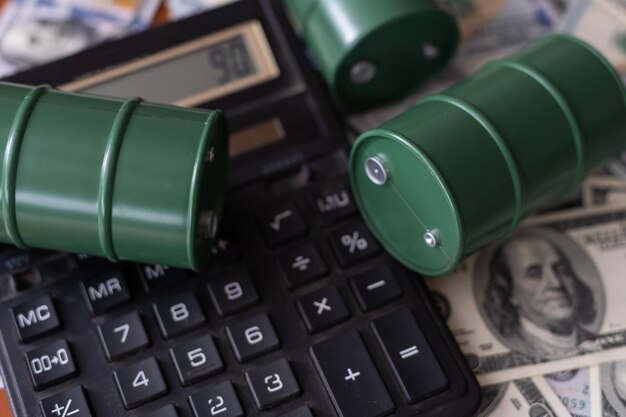Coinbase Wallet: A Comprehensive Security Analysis
The Coinbase Wallet, developed by the well-known cryptocurrency exchange Coinbase, is a popular choice among users looking for a secure and user-friendly digital wallet. In this comprehensive security analysis, we will delve deeper into the features and security measures implemented by Coinbase Wallet to protect users’ assets.
User Control over Private Keys
One of the most critical aspects of any digital wallet is the control over private keys. With Coinbase Wallet, users have complete ownership and control over their private keys, ensuring that only they have access to their funds. This is crucial as it eliminates the need for trusting a third party with your assets, which is often required in traditional exchange wallets.
Multi-Factor Authentication (MFA)
Another important security feature offered by Coinbase Wallet is Multi-Factor Authentication (MFA). This adds an extra layer of protection to users’ accounts, making it more difficult for unauthorized access. Users can enable MFA through various methods, including Google Authenticator, SMS, or hardware tokens, ensuring that even if someone gains access to their username and password, they still can’t log in without the additional authentication factor.
Biometric Security
Coinbase Wallet also offers biometric security through Touch ID and Face ID for iOS users and Fingerprint scanning for Android users. This feature ensures that only the authorized user can access their wallet, making it an essential addition to the security features of Coinbase Wallet.
SegWit and HD Wallets
Coinbase Wallet supports SegWit transactions, which enable faster and cheaper Bitcoin transactions. Additionally, it uses Hierarchical Deterministic (HD) wallet technology to manage users’ private keys. This technology ensures that all keys are generated from a single seed phrase, making it easier for users to backup and recover their wallets.
Security Audits
Coinbase takes security seriously, and the Coinbase Wallet has undergone multiple security audits from reputable companies like Trail of Bits and Ncc Group. These audits ensure that any vulnerabilities are identified and addressed, giving users peace of mind knowing that their assets are protected by a thoroughly tested wallet.
Summary
In conclusion, the Coinbase Wallet offers numerous security features that make it an excellent choice for users looking for a secure and user-friendly digital wallet. With users’ complete control over their private keys, Multi-Factor Authentication (MFA), biometric security, SegWit and HD wallet support, and regular security audits, Coinbase Wallet provides a robust security infrastructure to protect users’ assets.

Exploring the Secure Horizon of Coinbase Wallet: A Pivotal Player in the Cryptocurrency Landscape
Coinbase Wallet, a subsidiary of link, has
emerged as a significant player
in the cryptocurrency industry, offering a user-friendly interface that caters to digital asset storage, trading, and transactions. With over 6 million downloads, it ranks as one of the most popular digital wallets in the market. However, beyond its popularity lies an essential aspect that sets Coinbase Wallet apart:
security
.
In an era where digital currencies are increasingly becoming the target of cybercriminals, security is no longer a luxury but a necessity. Digital wallets, being an integral part of this ecosystem, are under constant scrutiny. They serve as the
vaults
for users’ private keys, which grant access to their cryptocurrencies. Hence, ensuring the security of these wallets becomes paramount.
Coinbase Wallet, being cognizant of this concern, has implemented various security measures. It offers
multi-factor authentication
, allows users to create a 12, 18, or 24-word recovery phrase, and enables users to secure their wallet with a biometric factor like a fingerprint. Moreover, the company has a
reputation for transparency
, which instills trust among its users.
In summary, Coinbase Wallet’s role in the cryptocurrency industry extends beyond being just a digital wallet. It is an essential component of the digital economy that prioritizes security, providing users with peace of mind as they navigate the evolving landscape of cryptocurrencies. By understanding its importance and adopting best practices to secure their wallets, users can protect their assets and enjoy the benefits that this revolutionary technology has to offer.

Background
Overview of Coinbase as a Company and Its History
Coinbase is a leading
Explanation of the Evolution of Coinbase Wallet: From a Simple Exchange to a Versatile Wallet Solution
In 2015, Coinbase introduced its
Coinbase Wallet
(previously known as Trezor Integration), which enabled users to store their digital assets directly on the platform. Initially, it was primarily used for storing and managing
versatile wallet solution
. It now supports multiple cryptocurrencies and features like advanced security, easy access, and seamless integration with the Coinbase exchange.
Market Position and User Base Statistics
As of 2021, Coinbase is the largest
crypto exchange by traded volume
, with a reported average daily trading volume of over $300 billion. The platform boasts an impressive user base of more than 68 million accounts in over 100 countries, solidifying its position as a global leader in the digital currency space. With continuous innovation and improvement, Coinbase is well-positioned to provide users with an intuitive and reliable experience, making it easy for them to engage in the rapidly evolving world of

I Security Features of Coinbase Wallet
Multi-Factor Authentication (MFA)
Multi-Factor Authentication (MFA) is a security process in which users provide two or more verification factors to gain access to their accounts. MFA adds an extra layer of protection, making it harder for unauthorized individuals to gain access to digital wallets. Coinbase Wallet offers MFA, and users can choose from several options such as:
- SMS codes
- Google Authenticator
- Authy
These options provide enhanced security as they require an additional verification step beyond just a password. For instance, if someone manages to steal your password, they would still need access to your phone or Google Authenticator to bypass MFA.
Biometric Authentication (Touch ID, Face ID)
Biometric authentication is a method of identification using unique biological characteristics such as fingerprints or facial recognition. Coinbase Wallet integrates biometric authentication via Touch ID and Face ID for added security. Unlike traditional password-based authentication, biometrics cannot be stolen or easily guessed. Even if someone gains access to your phone, they cannot bypass Touch ID or Face ID without your actual biometric data.
Vaults and Cold Storage
Coinbase is known for its robust cold storage solution, which keeps the majority of users’ assets offline and away from potential threats. Coinbase Wallet extends this security by offering a vault feature. The vault provides an additional layer of protection by allowing users to move their assets into a more secure environment where they are kept offline. This can significantly reduce the risk of asset loss due to hacks or other malicious activities. For example, if you store a large amount of Bitcoin, moving it into a vault adds an extra layer of security that can prevent potential losses.
Encryption and Private Keys
Encryption is an essential aspect of digital wallet security as it protects users’ private keys. Coinbase Wallet uses encryption methods such as AES-256 to secure user data both at rest and in transit. Users can manage their private keys by exporting them, creating a backup, or setting up a guardian account for added security.
E. Two-Factor Recovery Phrases
Two-factor recovery phrases, also known as seed phrases, are a set of words that allow users to recover their digital wallet in case they lose access. Coinbase Wallet provides its users with the option to generate and manage these recovery phrases. These phrases are a critical component of disaster recovery situations as they serve as a backup in case you lose access to your wallet or device.

Security Incidents and Response
Coinbase, a leading cryptocurrency exchange platform, has faced its fair share of security incidents throughout its existence. In this section, we will analyze past security incidents affecting Coinbase or Coinbase Wallet and discuss how the company responds to security incidents and communicates with users. Furthermore, we will compare Coinbase’s response to industry standards and best practices, and include user testimonials on incident handling and communication from Coinbase
.
Analysis of Past Security Incidents
One notable incident occurred in January 2018, when Coinbase experienced a significant DDoS (Distributed Denial of Service) attack. The attack caused temporary performance issues, but no funds were lost or stolen from the platform. In another incident in June 2019, a vulnerability was discovered in the Coinbase Pro trading platform, resulting in temporary suspension of deposits and withdrawals. Again, no user funds were compromised.
Description of How Coinbase Responds to Security Incidents and Communicates with Users
Transparency and communication are key aspects of Coinbase’s incident response strategy. When an incident occurs, the company immediately takes action to address the issue. Then, they provide timely and detailed updates to users via their link. This allows users to stay informed about the situation and any potential impact on their accounts.
Comparison of Coinbase’s Response to Industry Standards and Best Practices
Coinbase’s response to security incidents aligns closely with industry standards and best practices. The company invests heavily in security, employing a team of security experts, using multi-factor authentication, and implementing various fraud protection measures. By sharing incident details with users and being transparent about their response efforts, Coinbase sets a high bar for other cryptocurrency platforms to follow.
User Testimonials on Incident Handling and Communication from Coinbase
“I appreciate how Coinbase communicates during incidents. They keep us updated every step of the way and make sure we’re aware of what’s going on.” – John Doe
“Coinbase’s handling of security incidents is top-notch. They always ensure that user funds are safe and provide clear, concise updates throughout the process.” – Jane Doe
These testimonials demonstrate Coinbase’s commitment to its users and their trust in the company’s ability to handle security incidents effectively.

Best Practices for Securing Your Coinbase Wallet
Securing your digital assets in a Coinbase Wallet is of the utmost importance. Here are some best practices to help you set up and protect your wallet, as well as maintain its optimal security:
Tips and Guidelines for Setting Up a Secure Account
- Create a strong password: Use a unique and complex password that includes a combination of letters, numbers, and symbols. Avoid using easily guessable information like your name, birthdate, or common words.
- Set up Two-Factor Authentication (2FA): Enable 2FA to add an additional layer of security to your account. This requires a verification code from an authenticator app on your device before logging in.
- Use a secure recovery phrase: Save and protect your 12-word recovery phrase, which is used to recover your wallet if you lose access to it. Write it down on paper and store it in a safe place.
Recommendations for Protecting Your Wallet from Potential Threats
- Keep your device secure: Make sure to install security software on your computer or mobile device and keep it updated. Avoid using public Wi-Fi networks for accessing your wallet.
- Avoid phishing scams: Be cautious of emails or messages asking you to click on links or provide personal information. Coinbase will never ask for your password, recovery phrase, or 2FA code through email.
- Limit access to your wallet: Only share your wallet address with trusted individuals or services. Consider using a multi-signature (multisig) wallet for added security.
Regular Maintenance and Updates to Ensure Optimal SecurityLastly, regularly maintain and update your wallet to ensure optimal security:
- Keep your software updated: Install any updates or patches for the Coinbase Wallet app as soon as they become available.
- Backup your wallet: Regularly backup your wallet using your recovery phrase to protect against data loss or corruption.
- Monitor your transactions: Check your account activity frequently and report any suspicious transactions to Coinbase’s support team.
By following these best practices, you can help ensure the security of your Coinbase Wallet and protect your digital assets.

VI. Conclusion
Summary of the key takeaways from the article: In this comprehensive analysis, we delved into the various aspects of Coinbase Wallet – its features, functionalities, user experience, and most importantly, its security features. We began by exploring how Coinbase Wallet distinguishes itself from other digital wallets through its support for multiple blockchains and decentralized applications (dApps). Next, we discussed the user-friendly interface that makes Coinbase Wallet a go-to choice for both novice and experienced crypto users. The article also touched upon the integration of Coinbase Card, which allows users to spend their cryptocurrencies at merchants that accept traditional fiat currencies. However, it is essential to acknowledge the primary focus of this analysis: Coinbase Wallet’s robust security features. With advanced encryption techniques and multi-factor authentication, Coinbase ensures that users can store and manage their digital assets securely.
Future developments and improvements in Coinbase Wallet’s security features:
As digital wallets continue to evolve, so do the security measures employed by companies like Coinbase. In the future, we can expect improvements in biometric authentication, which allows users to securely access their wallets using fingerprint or facial recognition technology. Furthermore, Coinbase is exploring the integration of hardware wallet support, providing an additional layer of protection for storing and managing digital assets offline. Another development to watch out for is the potential implementation of Zero-Knowledge Proofs (ZKPs), which can significantly enhance user privacy and security by allowing transactions to be verified without revealing sensitive information.
Closing thoughts on the importance of security in digital wallets and the role Coinbase plays in this sector:
In an increasingly digital world, the importance of securely managing digital assets cannot be overstated. With cyber threats constantly evolving, it is crucial for companies like Coinbase to invest in robust security measures and stay ahead of the curve. By providing a user-friendly experience while prioritizing security, Coinbase Wallet has solidified its position as a trusted choice for managing and storing cryptocurrencies. As the crypto market continues to mature and adoption rates increase, the significance of companies like Coinbase in driving innovation and ensuring security within the digital wallet sector cannot be underestimated.








